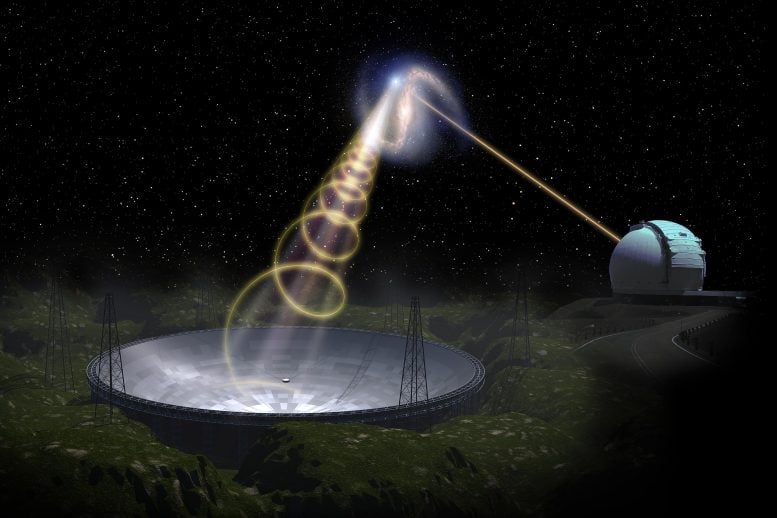
Artist’s conception of the Five-hundred-meter Aperture Spherical radio Telescope (FAST) in China. Credit: Jingchuan Yu
Fast radio bursts (FRBs) are highly dispersed millisecond-duration radio bursts. They are immensely powerful, comparable to the amount of energy that would be produced by modern human civilization over the course of tens of billions of years. Since the discovery of the first FRB in 2007, several hundred of them had been detected. However, the physical origin of FRBs is still an unsolved mystery.
Most of the FRBs that have been found come from outside of the Milky Way. Recent observations of an FRB originating from a Galactic magnetar (a type of neutron star beloved to have an extremely strong magnetic field) indicate that some FRBs come from magnetars. However, the origin of the cosmological FRBs, especially those that actively repeat, remains unclear. Thus far, the constraints to the physical parameters of the environments close to FRBs are still weak.
Using the Five-hundred-meter Aperture Spherical radio Telescope (FAST), the FAST FRB Key Project Team detected nearly 2,000 radio bursts from FRB 20201124A. Their research strongly indicates that FRB 2021124A is embedded in a complicated, dynamically evolving magnetized environment. Their results help us understand how these radio bursts were generated, and how the radio burst signal propagated in the local magnetized environment.

The Five-hundred-meter Aperture Spherical radio Telescope is a radio telescope located in a natural basin in Pingtang County, Guizhou, southwest China. It consists of a fixed 500 m (1,600 ft) diameter dish and is the world’s largest filled-aperture radio telescope.
The FAST FRB Key Project Team includes Kejia Lee (Peking University, NAOC), Weiwei Zhu (NAOC), Subo Dong (Peking University), Bing Zhang (University of Nevada), Heng Xu (Peking Univsersity, NAOC), Ping Chen (Peking University), Jiarui Niu (NAOC).
In a Nature paper that was recently published, the FAST FRB team reported using FAST to monitor FRB 20201124A for about 2 months. They analyzed 1,863 bursts of FRB 20201124A detected by FAST in a total of 84 hours of observations obtained across 54 days. This is the largest sample of bursts recorded with polarization information so far. The high event rate makes FRB 20201124A among the most active known FRBs.
The team of astrophysicists discovered several phenomena never detected before. One is the irregular short-time variation of the Faraday rotation measure, which probes the line-of-sight magnetic field strength of individual bursts during the first 36 days, followed by a constant value. They also witnessed the quenching of the burst activity on a timescale shorter than three days. Additionally, they detected prominent circular polarization in these bursts (up to 75%). Finally, they detected oscillations in fractional linear and circular polarizations as well as polarization angle as a function of wavelength.
The Five-hundred-meter Aperture Spherical radio Telescope (FAST) is located in a natural depression in the landscape in Guizhou, China. It is the world’s largest single-dish radio telescope, with a 500 meter (1,600 foot) diameter dish and a receiving area equivalent to 30 football fields.
All these features provide strong evidence for a complicated, dynamically evolving magnetized environment within about one astronomical unit of this FRB source. Based on the oscillation structures in polarizations, the astrophysicists set a constraint to the magnetic field to this magnetized local environment, which reaches gauss level.
Observations with the Keck 10m optical telescope reveal that FRB 20201124A resides in a low-density interim region of a Milky Way-like galaxy. This environment is inconsistent with a young magnetar engine formed during an extreme explosion of a massive star that resulted in a long gamma-ray burst or superluminous supernova.
“This is like taking a movie of the surroundings of an FRB source,” said Bing Zhang, “and our film reveals a complex, dynamically evolving, magnetized environment that was never imagined before”. Such an environment is not straightforwardly expected for an isolated magnetar. “Something else might be in the vicinity of the FRB engine, possibly a binary companion,” added Zhang.
“This is the largest sample of FRB data with polarization information from one single source,” said Weiwei Zhu.
“This location is inconsistent with a young magnetar central engine formed during an extreme explosion such as a long gamma-ray burst or a superluminous supernova, widely speculated progenitors of active FRB engines,” said Subo Dong.
For more on this discovery, see Mysterious Fast Radio Bursts Defy Current Understanding.
Reference: “A fast radio burst source at a complex magnetized site in a barred galaxy” by H. Xu, J. R. Niu, P. Chen, K. J. Lee, W. W. Zhu, S. Dong, B. Zhang, J. C. Jiang, B. J. Wang, J. W. Xu, C. F. Zhang, H. Fu, A. V. Filippenko, E. W. Peng, D. J. Zhou, Y. K. Zhang, P. Wang, Y. Feng, Y. Li, T. G. Brink, D. Z. Li, W. Lu, Y. P. Yang, R. N. Caballero, C. Cai, M. Z. Chen, Z. G. Dai, S. G. Djorgovski, A. Esamdin, H. Q. Gan, P. Guhathakurta, J. L. Han, L. F. Hao, Y. X. Huang, P. Jiang, C. K. Li, D. Li, H. Li, X. Q. Li, Z. X. Li, Z. Y. Liu, R. Luo, Y. P. Men, C. H. Niu, W. X. Peng, L. Qian, L. M. Song, D. Stern, A. Stockton, J. H. Sun, F. Y. Wang, M. Wang, N. Wang, W. Y. Wang, X. F. Wu, S. Xiao, S. L. Xiong, Y. H. Xu, R. X. Xu, J. Yang, X. Yang, R. Yao, Q. B. Yi, Y. L. Yue, D. J. Yu, W. F. Yu, J. P. Yuan, B. B. Zhang, S. B. Zhang, S. N. Zhang, Y. Zhao, W. K. Zheng, Y. Zhu and J. H. Zou, 21 September 2022, Nature.
DOI: 10.1038/s41586-022-05071-8

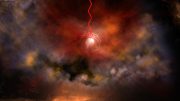



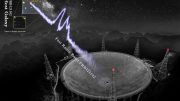
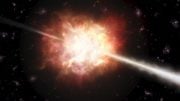
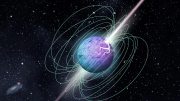
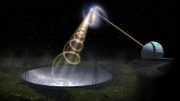
Be the first to comment on "Dynamically Evolving Environment Discovered Around a Repeating Fast Radio Burst Source"